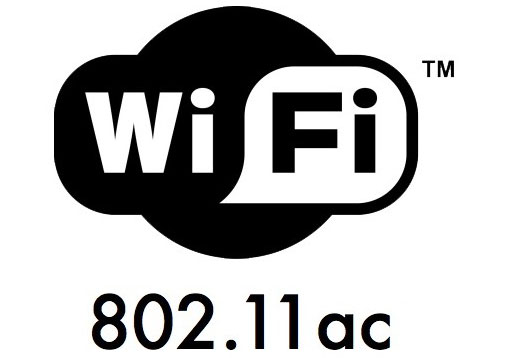 This past Black Friday, I braved the lines at my local big box electronics store to pick up a new gadget for my home. It wasn’t a new smart television, smart watch or any of the other trendy items this holiday season. Instead, I bought myself a new AC1200, 802.11ac router.
This past Black Friday, I braved the lines at my local big box electronics store to pick up a new gadget for my home. It wasn’t a new smart television, smart watch or any of the other trendy items this holiday season. Instead, I bought myself a new AC1200, 802.11ac router.
It was hardly a sexy purchase. But my previous router is nearly 5 years old now, and there have been a number of important improvements in the technology over the last few years. New 802.11ac routers have stronger radios, which means better range. They also provide faster speeds than older routers, an important factor as broadband Internet speeds continue to trend higher. Many newer 802.11ac routers support beamforming, a technology that concentrates and directs its signal straight to your wireless devices. Some of the higher end routers also offer features like cloud access, parental controls, USB ports for connecting a printer or external hard drive and the ability to offer a separate guest network that restricts access to your shared local storage. And, of course, these new routers are all backwards compatible with your older 802.11a, 802.11b, 802.11g and 802.11n devices.
To be sure, 802.11ac is still new. In 2013, only 2% of all new Wi-Fi enabled routers used the standard. By 2015, that number is expected to rise to 42%. Given the slow speed at which new wireless standards are approved and adopted, a new 802.11ac router should last you many, many years before you’ll need to swap it out for something even better.
What should you look for if you’re planning an 802.11ac router purchase of your own? Generally, you’ll want to look for the AC number – the higher, the better. Personally, I chose an AC1200 (also known as a 2x2) that allows for two blisteringly fast 433Mbps spatial streams over the new 5GHz band and two 150Mbps streams delivered over the 2.4GHz band. It’s not the highest tech router available, but it’s good for streaming, relatively inexpensive and fast enough to be future-proof. Models labeled AC1750 (also known as 3x3) allow for three 433Mbps streams and six 150Mbps streams, which is overkill for the average-sized household. Even faster AC1900 routers are available with max speeds of 600Mbps, but that small bump in speed tends to not be worth the big bump in cost. That’s especially true considering how few of us have access to fiber Internet – remember, the average cable customer only sees connection speeds of 11.4Mbps.

 Actiontec Electronics develops broadband solutions that connect people to the Internet, applications, and content they care about. We're turning the promise of the digital lifestyle into reality, enabling consumers to enjoy any content on any device in any room in the house.
Actiontec Electronics develops broadband solutions that connect people to the Internet, applications, and content they care about. We're turning the promise of the digital lifestyle into reality, enabling consumers to enjoy any content on any device in any room in the house.















